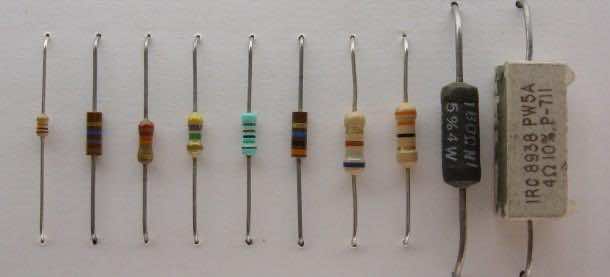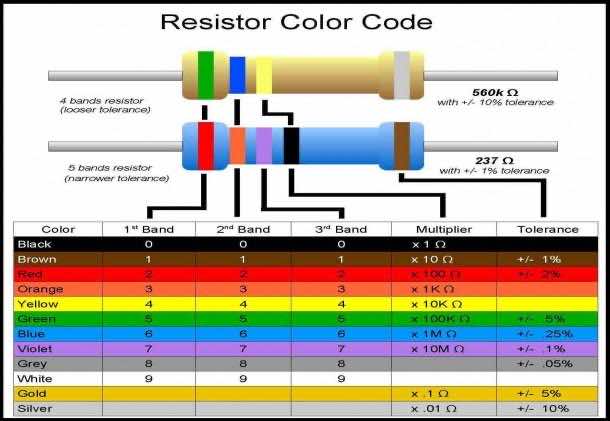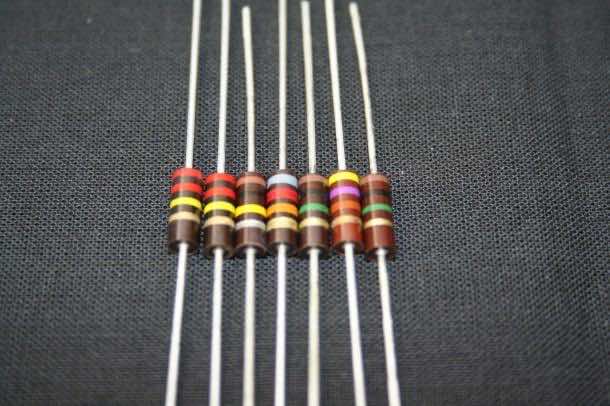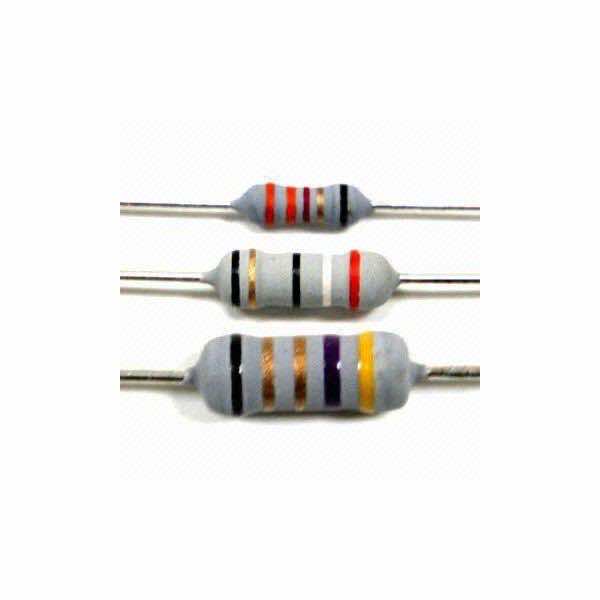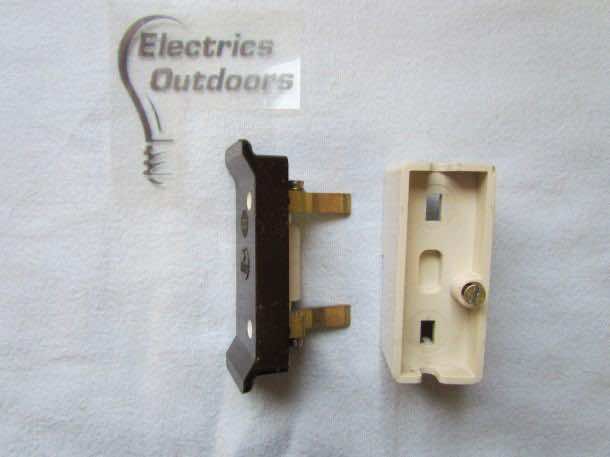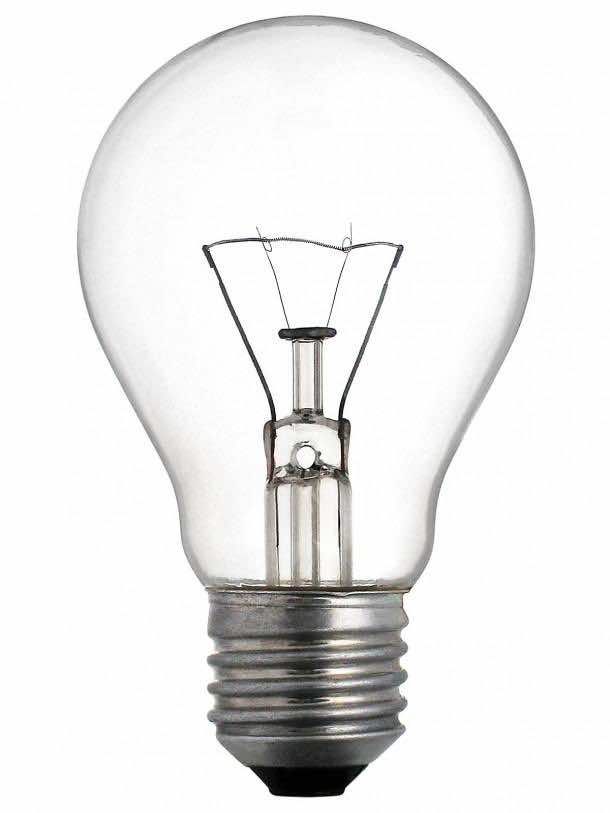Introduction
A resistor is defined as a passive electrical component that has two terminals and hinders the current flow through it. It was discovered back in 1900s. A resistor is an electrical component whose task is to restrict the current flow and drop the voltage within the particular circuit. They are usually color coded instead of a numerical value for their power rating.
How Does A Resistor Work?
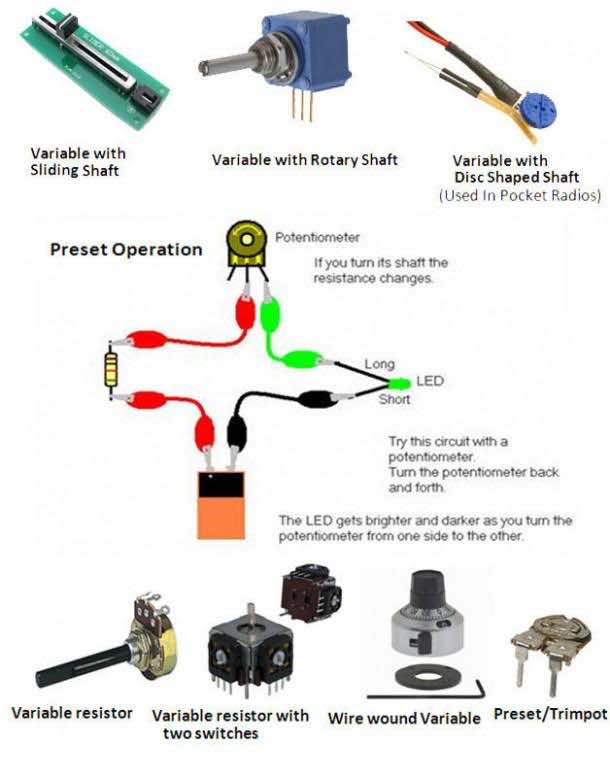 A resistor is capable of lowering the amount of current that passes through it and this ability is measured in ohms. According to Ohm’s law, the resistance can be defined as voltage per unit of current. The resistor gets heated up in the process of hindering the electrical flow and this ability has led to its use in heaters as well as light bulbs.
A resistor is capable of lowering the amount of current that passes through it and this ability is measured in ohms. According to Ohm’s law, the resistance can be defined as voltage per unit of current. The resistor gets heated up in the process of hindering the electrical flow and this ability has led to its use in heaters as well as light bulbs.
Types Of Resistor






1. Fixed resistor
- Lead arrangements
- Carbon composition
- Carbon pile
- Carbon film
- Printed carbon resistor
- Thick and thin film
- Metal film
- Metal oxide film
- Wire-wound
- Foil resistor
- Ammeter shunts
- Grid resistor
- Special varieties
2. Variable resistors
- Adjustable resistors
- Potentiometers
- Resistance decade boxes
- Special devices
Applications Of Resistor
Precautionary Measures
- Resistors are usually coated with resin so you need to ensure that the resin is not affecting its performance.
- Use a resistor with higher rated capacity and you’ll lower the temperature increase experienced otherwise.
- The resistor should never be used at less than 25% of its rated power.
- Never exceed the load rating of a resistor.



